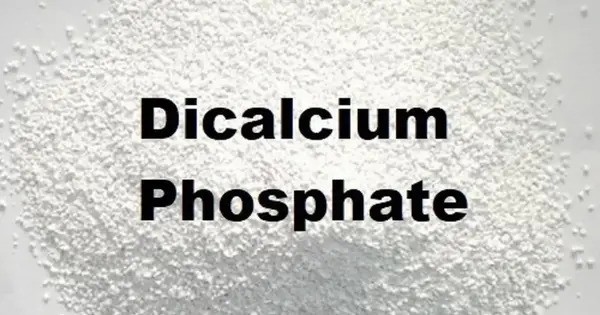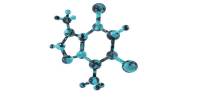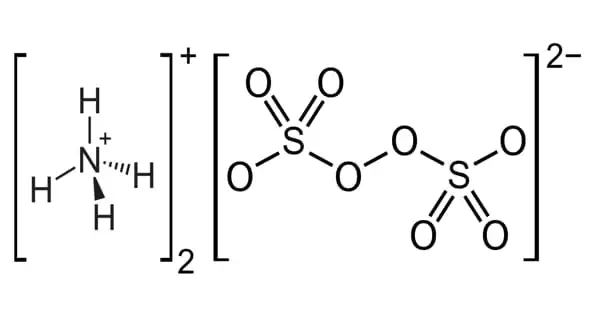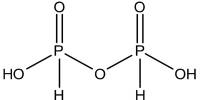Dicalcium phosphate is the calcium phosphate with the formula CaHPO4 and its dihydrate. It is commonly found in two forms: anhydrous and dihydrate (CaHPO₄·2H₂O), and is widely used in agriculture, food production, and pharmaceuticals. It provides calcium and phosphorus, essential for bone health. It exists in anhydrous or dihydrate forms and is sparingly soluble in water. Industrially, it’s produced by reacting calcium hydroxide with phosphoric acid. In animal feed, it supports skeletal development. In toothpaste, it serves as a polishing agent. Its stability, low cost, and safety make it valuable across industries.
In Dicalcium phosphate, the “di” prefix in the common name arises because the formation of the HPO42– anion involves the removal of two protons from phosphoric acid, H3PO4. It is also known as dibasic calcium phosphate or calcium monohydrogen phosphate. Though generally non-toxic, excessive intake may cause health issues like kidney stones. It is also used in fertilizers and as a tableting agent in drug formulations due to its compressibility and inertness.
Properties
- Chemical formula: CaHPO4
- Molar mass: 136.06 g/mol (anhydrous), 172.09 (dihydrate)
- Appearance: white powder
- Odor: odorless
- Density: 2.929 g/cm3 (anhydrous), 2.31 g/cm3 (dihydrate)
- Melting point: decomposes
- Solubility in water: 0.02 g/100 mL (anhydrous), 0.02 g/100 mL (dihydrate)
Preparation
Dibasic calcium phosphate is produced by neutralizing calcium hydroxide with phosphoric acid, precipitating the dihydrate as a solid. At 60 °C the anhydrous form is precipitated:
H3PO4 + Ca(OH)2 → CaHPO4 +2H2O
To prevent degradation that would form hydroxyapatite, sodium pyrophosphate or trimagnesium phosphate octahydrate are added when, for example, dibasic calcium phosphate dihydrate is to be used as a polishing agent in toothpaste.
In a continuous process CaCl2 can be treated with (NH4)2HPO4 to form the dihydrate:
CaCl2 + (NH4)2HPO4 → CaHPO4•2H2O + 2NH4Cl
Natural Occurrence
Found in the mineral brushite (CaHPO₄·2H₂O), primarily in phosphate rock deposits.
Can occur in biological systems such as bones and teeth, although hydroxyapatite (Ca₁₀(PO₄)₆(OH)₂) is more prevalent there.
Industrial/Synthetic Production
Produced by reacting calcium hydroxide (Ca(OH)₂) with phosphoric acid (H₃PO₄):
Ca(OH)2 + H3PO4 → CaHPO4 + 2H2O
Commonly manufactured in fertilizer plants and used in animal feed and toothpaste.
Applications
- Animal Feed: As a calcium and phosphorus supplement.
- Food Additive: Leavening agent, nutritional supplement (E341).
- Pharmaceuticals: Used in tablets as a calcium source and excipient.
- Toothpaste and Dental Products: Mild abrasive and remineralizing agent.
















